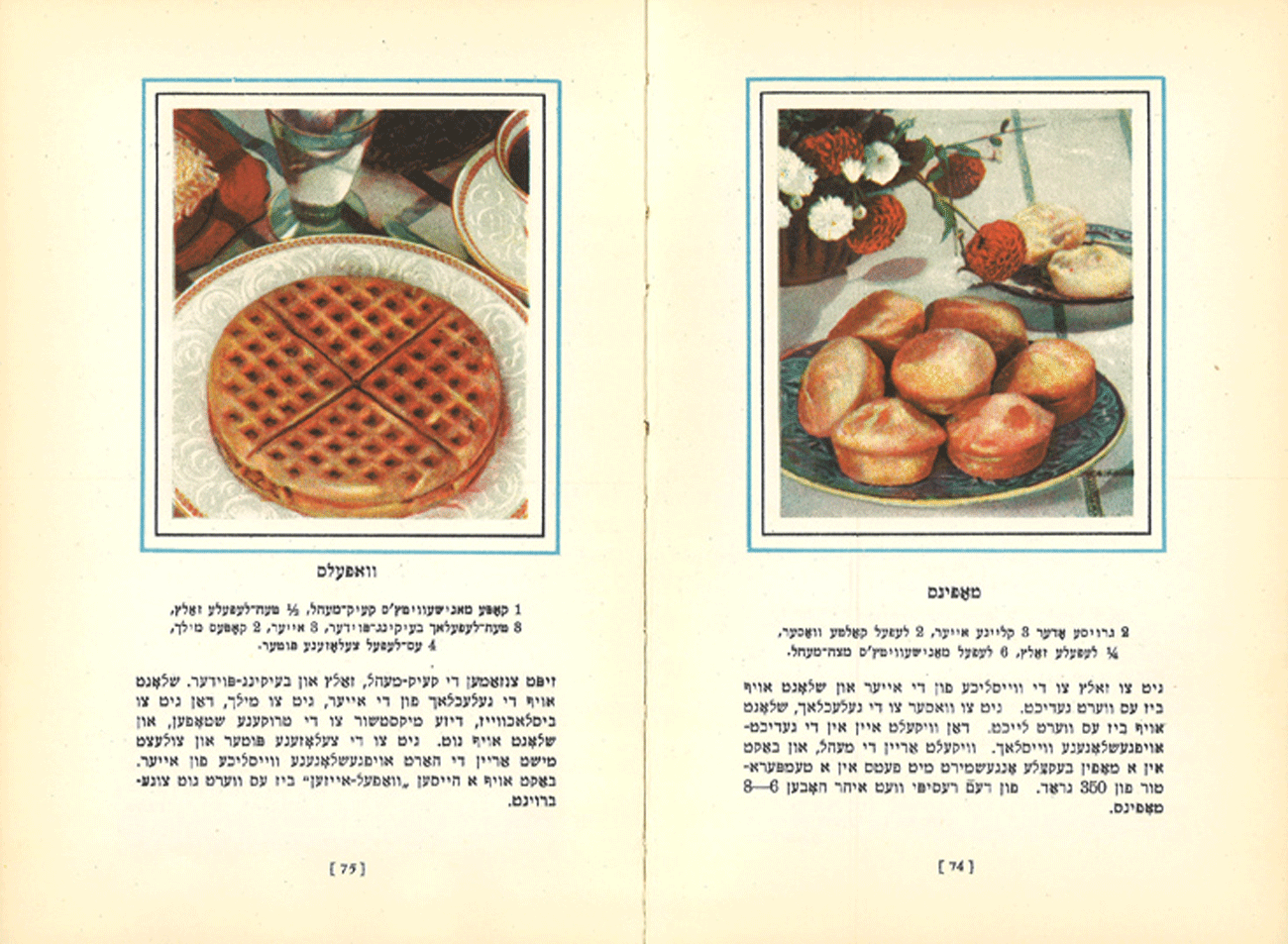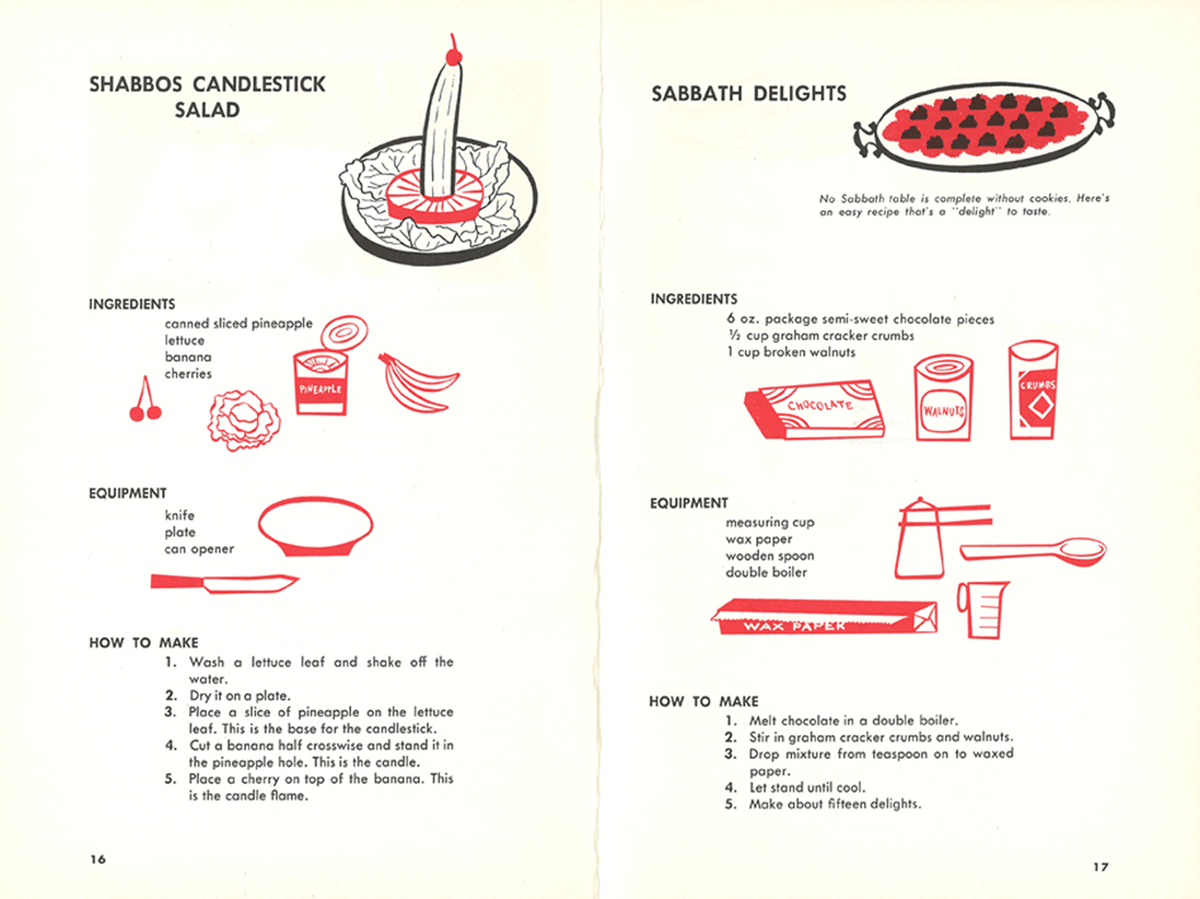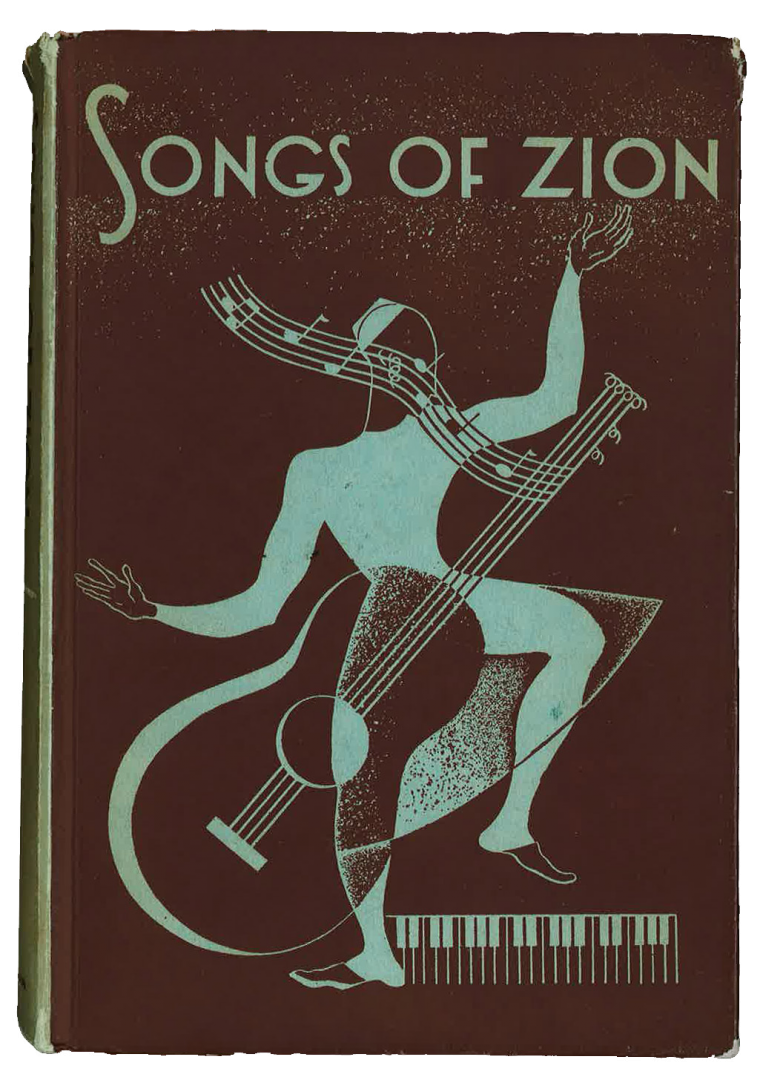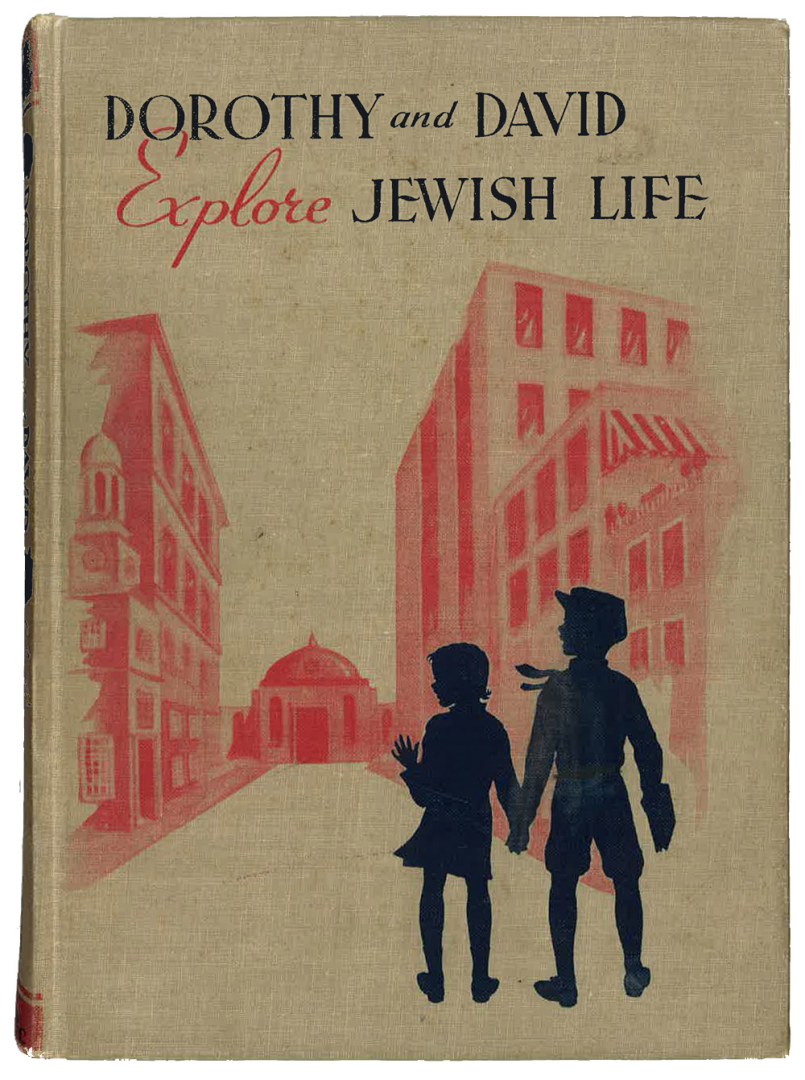Jewish Families as American Families
As an immigrant group that has faced discrimination in the United States, as well as more violent persecution throughout the world, perhaps the most important story that American Jews have told about themselves is that they are indeed American. Schoolbooks like Lee Levinger's A History of the Jews in the United States (1930) highlighted Jewish influence in crucial parts of American history, such as the American Revolution, while also attesting to their comfortable integration in contemporary American society. Michael Conovitz's textbook Dorothy and David Explore Jewish Life (1938) taught children about communal institutions, such as settlement houses, which had been established to "Americanize" new Jewish immigrants. Even children's songbooks like Songs of Zion (1942) seamlessly wove together American songs like the "Star Spangled Banner" with songs like "Hatikvah," which championed the formation of a Jewish state.
In different ways, cookbooks also attested to the "Americanness" of American Jews. American manufacturers like Jack Frost and Manischewitz published promotional material in Yiddish, encouraging Jewish housewives to make "American" foods like waffles and pancakes. At the same time, Jewish community cookbooks, like Shaarey Zedek's Eat Hearty = Es Gesunderheit (1966), featured "traditional" Jewish recipes made with American processed foods like ketchup and mayonnaise. And Jewish cookbooks participated in the same trends as other contemporary American cookbooks - in the 1950s, encouraging Jewish families to make food that resembled objects, like the "Shabbos Candlestick Salad" recommended by the Junior Jewish Cook Book (1956), and in the 2000s, waxing enthusiastic about organic, local, and sustainable foods as integral parts of Jewish culture, like this blog entry from the The Jew & The Carrot (archive.org snapshot) (2010).
Related resource
Browse through historic Jewish cookbooks in MSU Libraries' Feeding America Project.





